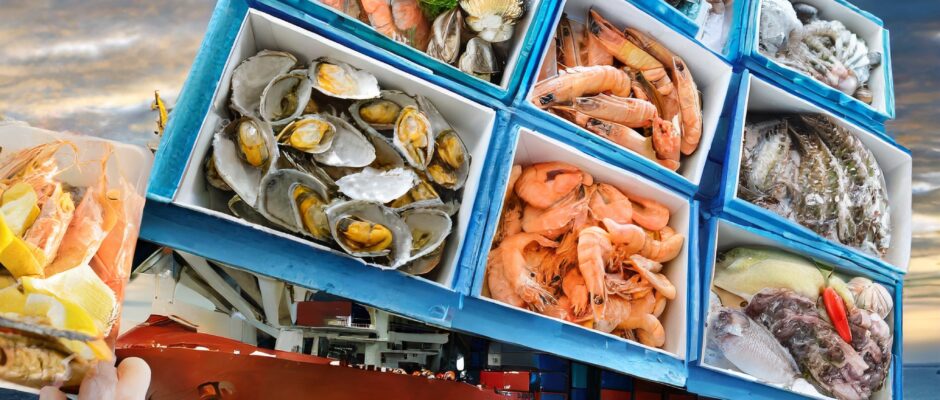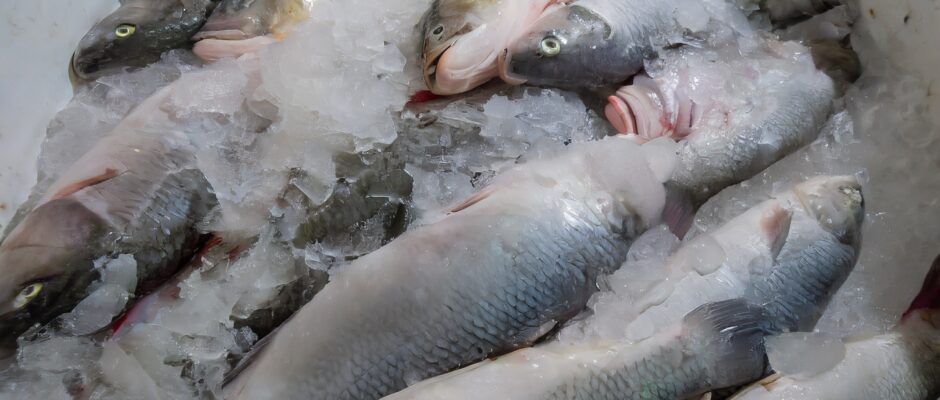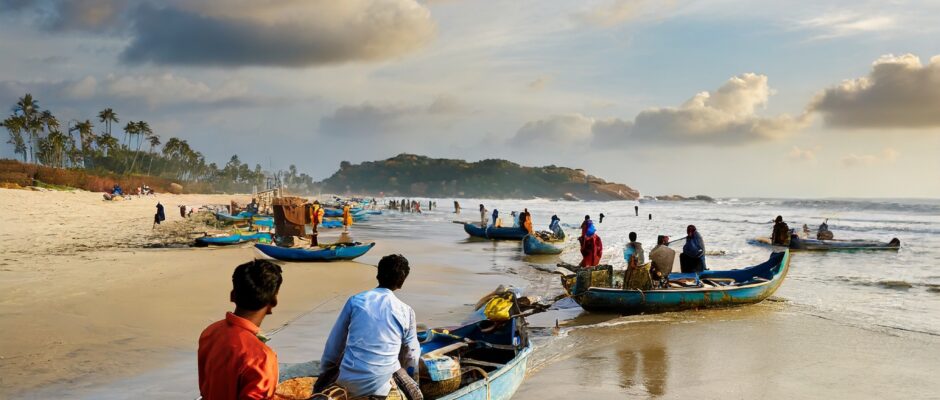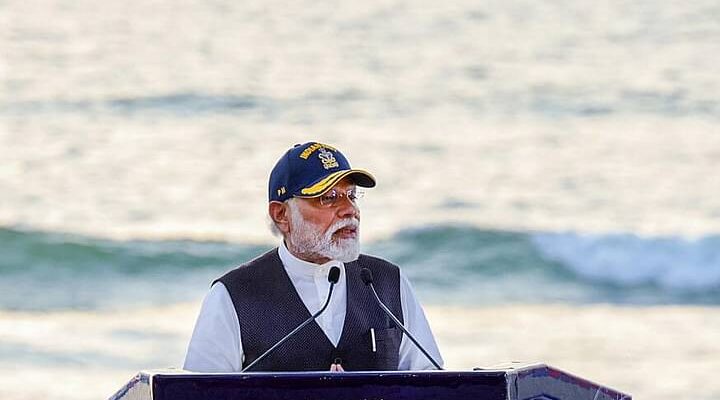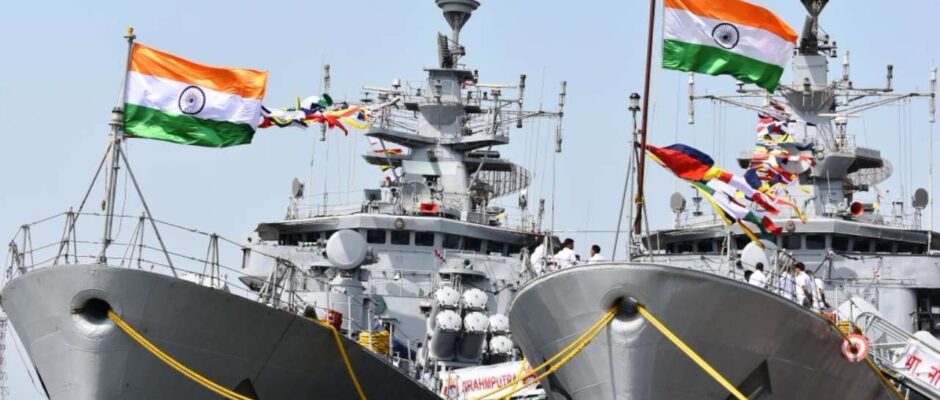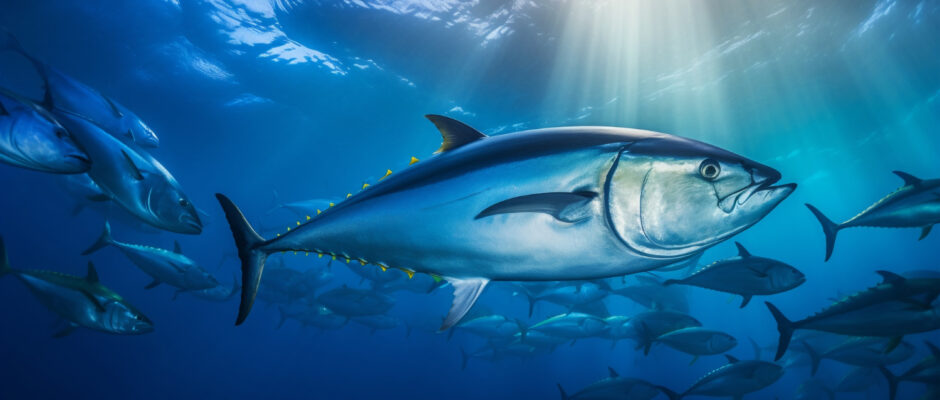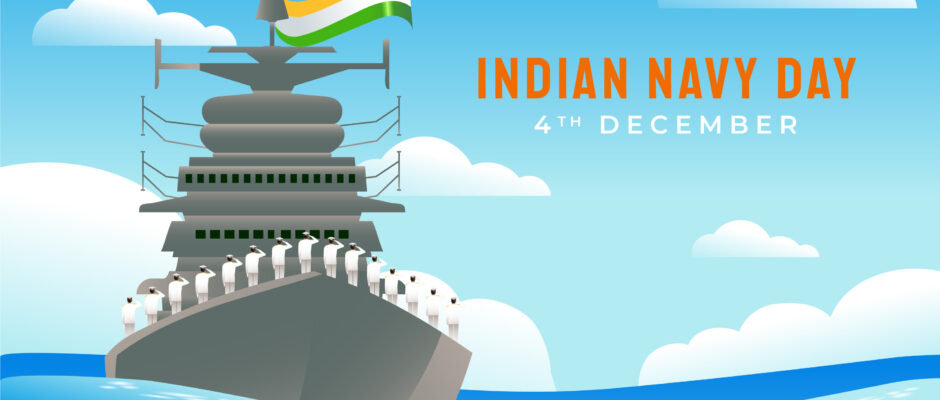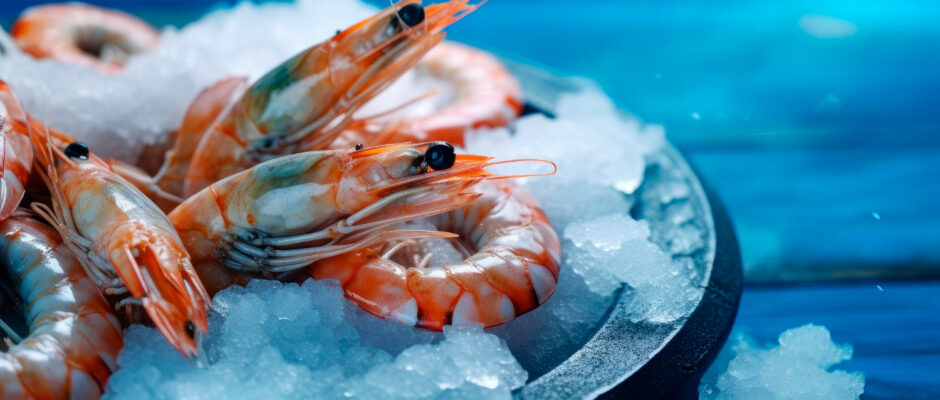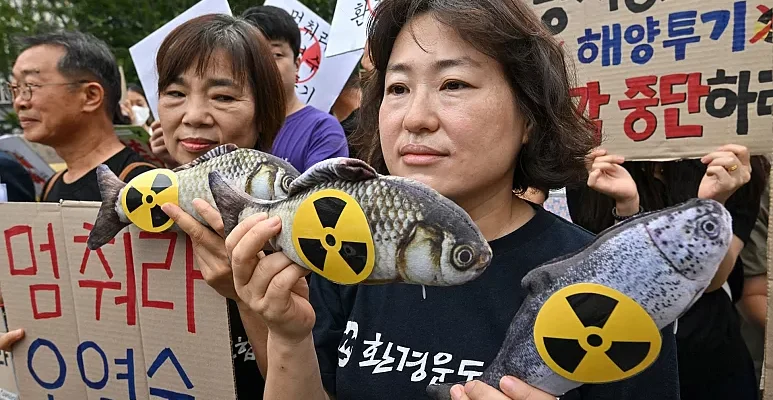Celebrate Christmas 2023 with a Culinary Voyage to India: A Feast of Exotic Seafood Delicacies
As the festive season approaches, the air is filled with the aroma of delectable treats and the anticipation of joyous gatherings. Christmas, a time for celebration and togetherness, is often marked by a culinary extravaganza, with families and friends indulging in a spread of traditional dishes. This year, embark on a culinary adventure to India and discover a treasure trove of exotic seafood delicacies that will transform your Christmas feast into an unforgettable experience. India’s culinary heritage is as diverse as its landscape, with each region boasting its unique flavors and cooking techniques. Seafood, a staple in coastal regions, takes center stage in Indian cuisine, offering a symphony of flavors and textures that will tantalize your taste buds. From the fiery tandoori marinade to the rustic tawa fry, each preparation method imparts distinct characteristics, making Indian seafood a culinary journey worth exploring. 1. Tandoori Prawns: A Fiery Embrace of Flavor Tandoori cuisine, originating from Punjab, northern India, is renowned for its smoky, charred flavors imparted by the traditional tandoor oven. Tandoori prawns, marinated in a blend of yogurt, spices, and turmeric, are grilled in the tandoor, resulting in succulent pieces infused with aromatic char and a hint of tanginess. 2. Tawa Fry Pomfret: Rustic Charm and Flavorful Delight Tawa fry, a simple yet flavorful cooking technique, involves pan-frying pomfret on a tawa, a flat iron griddle. The direct heat and contact with the tawa impart a rustic charm, while a blend of spices like turmeric, chili powder, and cumin adds depth of flavor. 3. Steamed Sea Bass with Lemon and Herbs: A Delicate Symphony of Flavors For those seeking a lighter and more delicate preparation, steaming is an excellent choice. Steamed sea bass, with its subtle sweetness and flaky texture, is enhanced by a simple accompaniment of lemon juice and a touch of salt. The delicate flavors of the sea bass are further complemented by the freshness of herbs like dill and parsley. 4. Masala Fry Squid: A Spicy Symphony of Aromatics Masala fry, a versatile cooking method, involves marinating squid in a blend of aromatic spices, including red chili powder, turmeric, coriander, and garlic. The marinated squid is then pan-fried, resulting in a dish bursting with flavor and heat. The squid rings are cooked to perfection, remaining tender and succulent while absorbing the vibrant flavors of the masala. 5. Kerala-Style Fish Stew with Coconut Milk: A Coastal Delight Kerala, a coastal state in southern India, is renowned for its seafood-centric cuisine. Kerala-style fish stew, also known as Meen Moilee or Meen Curry, is a rich and flavorful dish featuring fish simmered in a coconut milk-based gravy infused with spices like turmeric, ginger, and black pepper. The stew is a harmonious blend of flavors, with the sweetness of coconut milk balancing the heat of the spices, while the fish provides a delightful textural contrast. 6. Pickled Seafood: A Tangy Twist Pickled seafood, a popular delicacy in some parts of India, involves preserving seafood in a tangy marinade of vinegar, spices, and herbs. This method not only extends the shelf life of the seafood but also imparts a unique tangy flavor, adding a refreshing twist to the Christmas feast. These six exotic seafood dishes, each representing a culinary gem from India’s diverse coastal regions, will transform your Christmas celebration into an unforgettable culinary adventure. From the fiery tandoori prawns to the rustic tawa fry pomfret, from the delicate steamed sea bass with lemon and herbs to the spicy masala fry squid, from the rich Kerala-style fish stew with coconut milk to the tangy pickled seafood, these dishes offer a symphony of flavors and textures that will tantalize your taste buds and create lasting memories.



